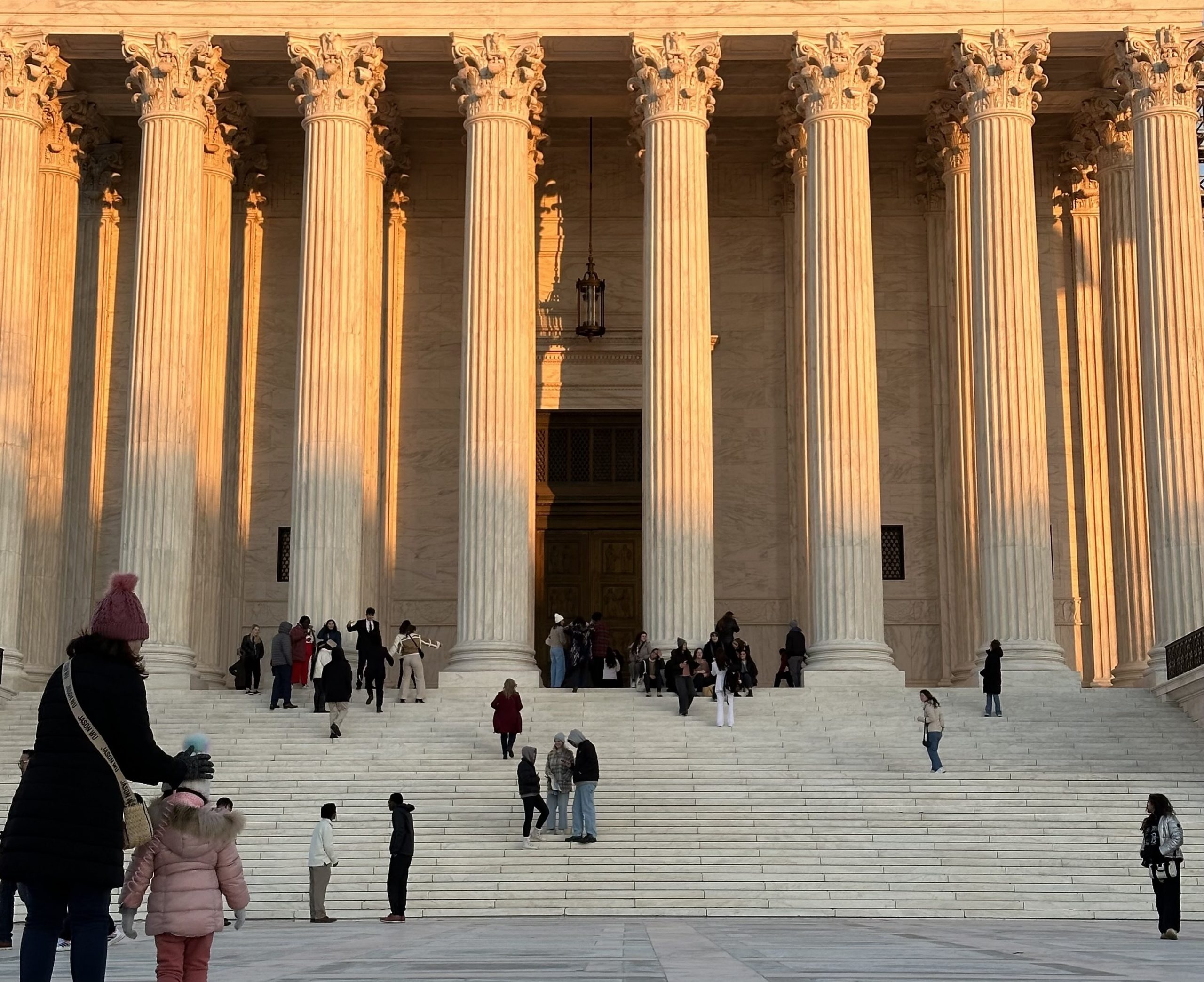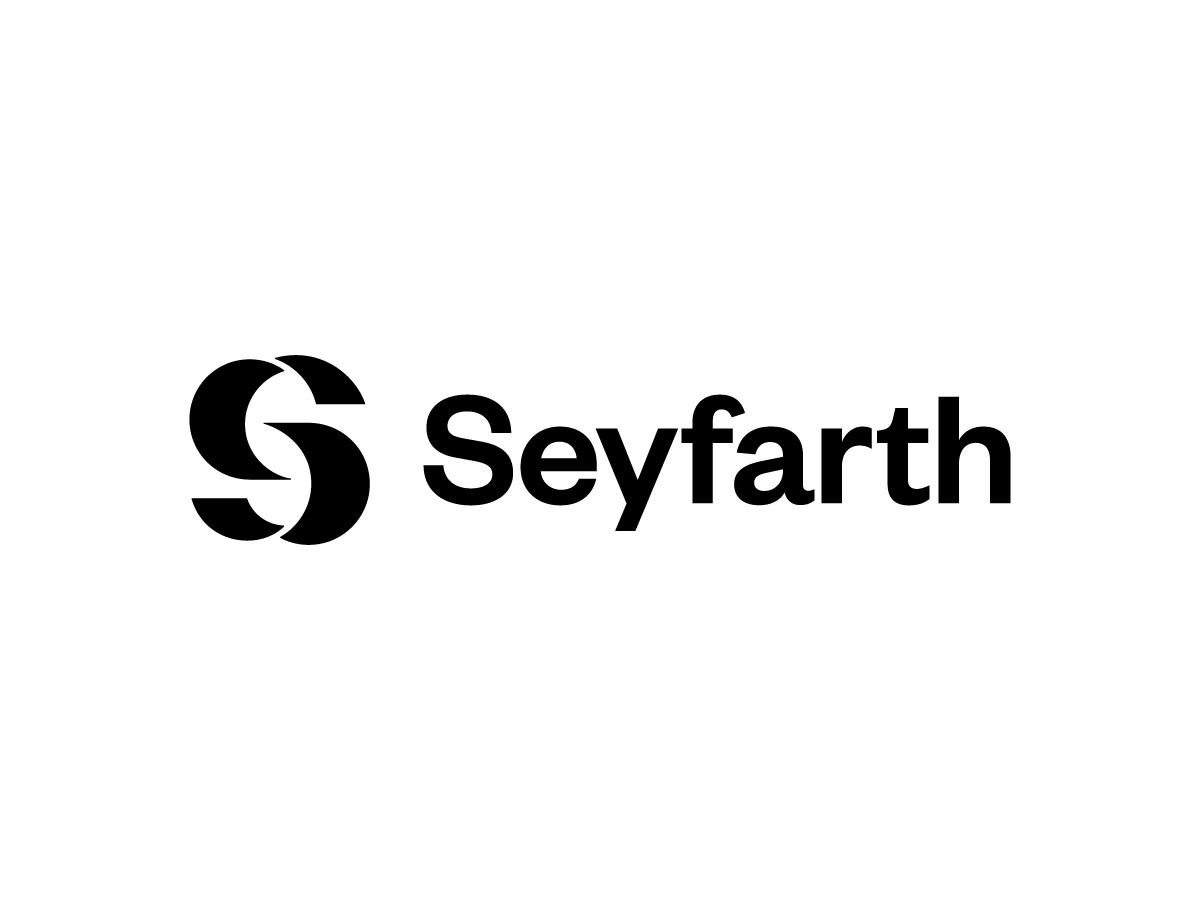National Institute of Standards and Technology Seeks Public Comment on Draft Interagency March-In Framework | Pillsbury Winthrop Shaw Pittman LLP
TAKEAWAYS
- Under certain circumstances, federal agencies have statutory authority to force inventors of patented technology developed with federal funding to grant licenses allowing others to practice the invention. This authority is known as “march-in.”
- The government has never exercised these rights in the 43 years since the statutory scheme providing for march-in rights was established.
- Under newly proposed guidance, price would, for the first time, be a specific factor agencies consider when deciding whether to exercise march-in rights.
On December 8, 2023, the National Institute of Standards and Technology (NIST) issued the “Draft Interagency March-In Framework” that would provide guidance to agencies on the prerequisites for exercising march-in rights, and, if those prerequisites are met, on facts to be gathered by the agency, and factors to consider in determining whether to require a contractor, assignee or exclusive licensee of an invention made under a government contract or funding agreement to grant a license to practice the invention. The comment period closes on February 6, 2024, after which point, NIST is expected to finalize the framework.
Since 1980, patentable technology conceived or first actually reduced to practice under procurement contracts and funding agreements with the U.S. government (known as “subject inventions”) have typically been governed by the Bayh-Dole Act, Pub. L. 96-517 (1980), 35 U.S.C. §§ 200-212, (though this is not always the case). The Act originally applied to only universities, small businesses and nonprofit organizations and was made more broadly applicable by President Reagan’s 1983 Memorandum on Government Patent Policy to now include other than small businesses. The Bayh-Dole Act (1) permits contractors to elect to retain title (i.e., ownership) to inventions (with the government retaining a worldwide, non-exclusive license to practice the invention or have it practiced on its behalf) and (2) requires contractors to both timely disclose the invention and pursue patent protection and commercialization in order to retain the title. The Bayh-Dole Act also gives the government march-in rights in subject inventions whereby the government may require the patent holder to license a patent on reasonable terms under very limited circumstances, such as if the patentee or a licensee are not commercializing the invention or if there is a violation of the domestic manufacturing requirement in 35 U.S.C. § 204. If the patent owner refuses to do so, the government may grant the license itself.
Notably, in the more than four decades since the Bayh-Dole Act was enacted, the government has never exercised its march-in rights. Despite having never been invoked, march-in rights remain controversial and garner much attention. In 2021, when NIST proposed changes to the regulations implementing Bayh-Dole, NIST proposed including the following provision addressing march-in rights: “March-in rights shall not be exercised exclusively based on the business decisions of the contractor regarding the pricing of commercial goods and services arising from the practical application of the invention.” In response to the notice of proposed rulemaking, NIST received over 81,000 comments, with the majority of the comments addressing march-in rights. Commenters frequently expressed a desire to lower drug prices and complained about companies being able to exclude others from manufacturing drugs that were developed with government funding.
The outpouring of public comment resulted in President Biden signing Executive Order 14036, which directed the Secretary of Commerce, acting through the Director of NIST, to “consider not finalizing any provisions on march-in rights and product pricing in the proposed rule.” Consequently, the final rule did not address march-in rights and the Federal Register notice, instead, stated that NIST was committed to “engage with stakeholders and agencies with the goal of developing a comprehensive framework for agencies considering the use of march-in provisions.” The Draft Interagency March-In Framework follows up on this commitment.
Under 35 U.S.C. § 203, the government can exercise march-in rights if the agency under whose funding agreement the subject invention was made determines that the exercise of these rights is necessary:
- Because the contractor or assignee has not taken, or is not expected to take within a reasonable time, effective steps to achieve practical application of the subject invention in such field of use;
- To alleviate health or safety needs which are not reasonably satisfied by the contractor, assignee or their licensees;
- To meet requirements for public use specified by federal regulations, and such requirements are not reasonably satisfied by the contractor, assignee or licensees; or
- Because the agreement required by [35 U.S.C. § 204] has not been obtained or waived or because a licensee of the exclusive right to use or sell any subject invention in the United States is in breach of its agreement obtained pursuant to section 204.
The Draft Interagency March-In Framework establishes a framework for agencies to use when considering exercising march-in rights. Under this non-binding framework, agencies answer the following three questions:
- Does Bayh-Dole apply,
- Is a statutory criterion met, and
- Would march-in support the policy and objective of Bayh-Dole, considering the specific case and broader context?
The draft framework provides descriptions of facts that an agency may gather, questions they may ask, and factors they may consider in determining whether one of the criteria has been met as well as a discussion of the act’s policy objectives and questions to consider regarding whether, and the extent to which, exercising march-in rights would further these objectives. The Biden Administration has made no secret of its intent that march-in rights be a tool that agencies can use to lower prices. In a December 7, 2023, press release, the Administration included the use of march-in rights as a tool “to promote competition in health care and support lowering prescription drug costs for American families.” Companies that work with the government to develop technology through contracts, grants and other funding agreements may want to examine the proposed framework closely and determine whether, if enacted, it may alter their research and development activities, technology licensing or collaboration arrangements.
Comments can be submitted via the Federal eRulemaking Portal until 5:00 pm Eastern on February 6, 2024.
[View source.]






